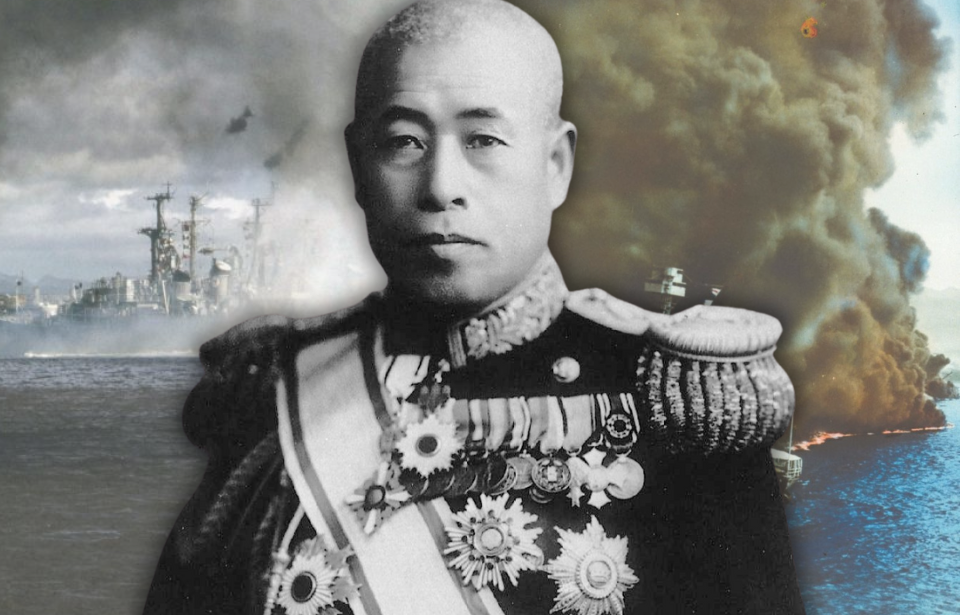Isoroku Yamamoto was a senior admiral in the Imperial Japanese Navy who had spent considerable time in the United States, developing strong ties and gaining firsthand insight into American society and military capabilities. As a former naval attaché in Washington, D.C., he came to respect the industrial might and resilience of the U.S., and he understood the challenges Japan would face in a prolonged conflict.
Still, despite his personal reservations and admiration for America, Yamamoto played a central role in planning the attack on Pearl Harbor in December 1941. Bound by duty and orders from Japan’s leadership, he used his deep understanding of the U.S. to execute one of the most infamous surprise attacks in military history.
Isoroku Yamamoto’s upbringing and early career
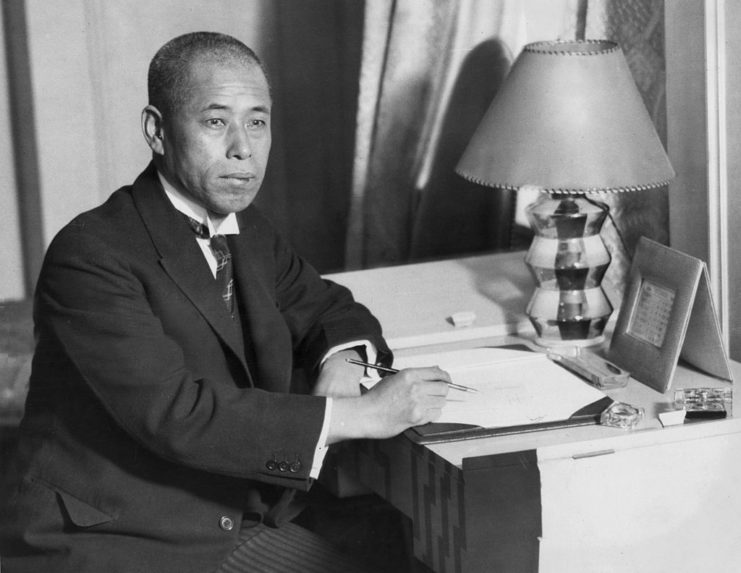
He graduated from the Imperial Japanese Naval Academy in 1904 and saw combat in the Russo-Japanese War. At the pivotal Battle of Tsushima, Yamamoto sustained injuries that cost him the index and middle fingers on his left hand—a sacrifice that earned him recognition for bravery and accelerated his rise within the naval ranks.
By 1916, he had attained the rank of lieutenant commander, and just three years later, he was promoted to commander, solidifying his place among Japan’s rising military elite.
Experience in the US, rivalry with the Japanese Army
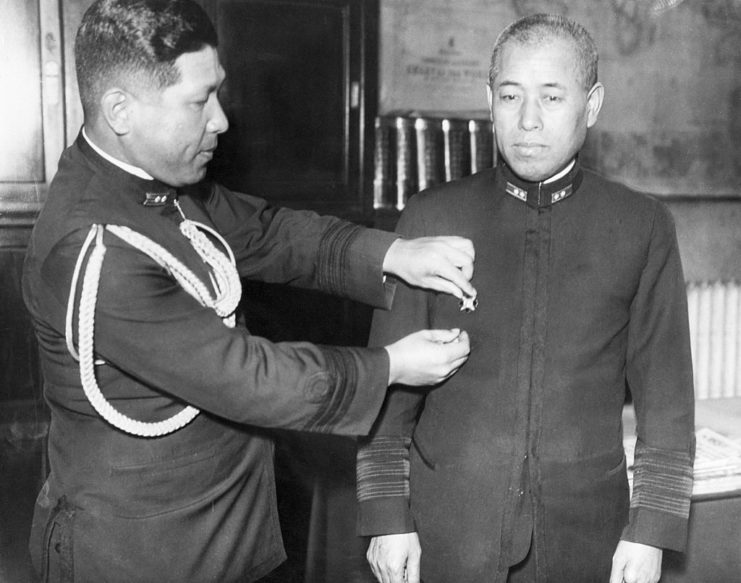
Yamamoto spent a fair amount of time in the US during the 1920s and ’30s. He was a student at Harvard University from 1919-21. He also had two postings as a naval attaché in America, where he learned to speak fluent English. Yamamoto created controversy in 1937 when he apologized to the US for Japan’s 1937 bombing of the gunboat USS Panay.
The Imperial Japanese Army was significantly more aggressive and pro-war than its Navy, and was angered by Yamamoto’s opposition to a pact with Germany and Italy. Following his apology to the US, he received death threats, to which he said:
“To die for Emperor and Nation is the highest hope of a military man. After a brave hard fight the blossoms are scattered on the fighting field. But if a person wants to take a life instead, still the fighting man will go to eternity for Emperor and country. One man’s life or death is a matter of no importance. All that matters is the Empire.”
Attack on Pearl Harbor
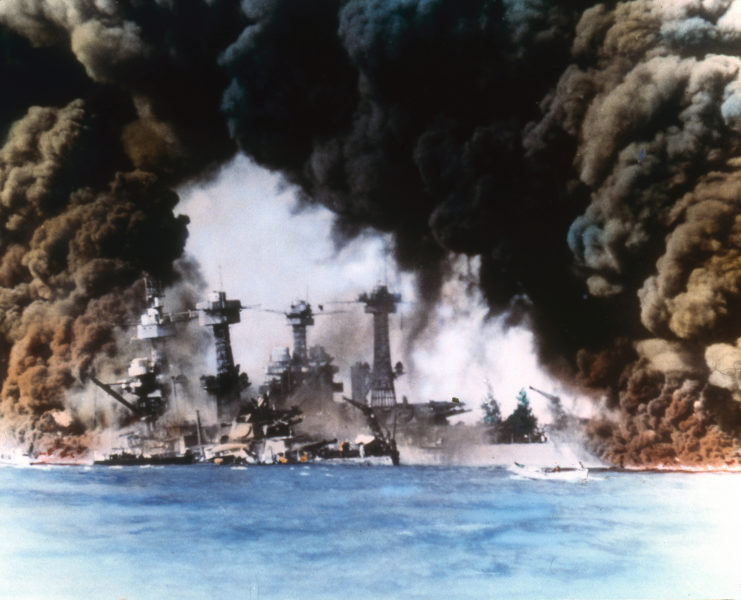
Isoroku Yamamoto moved up through the ranks of the Japanese military thanks to his sharp strategic thinking and careful planning, becoming an admiral in November 1940. Although some Army officials disagreed with his views, Yamamoto earned strong support from his sailors and had the backing of the Imperial family.
Even as a top military leader, Yamamoto was hesitant about going to war with the United States. He believed Japan didn’t have the resources or industrial power to handle a long war. This belief shaped how he planned the attack on Pearl Harbor. His goal was to hit the U.S. Navy hard and fast—delivering a major blow that he hoped would lower American morale and give Japan time to secure its control in the Pacific.
Tactically, the attack on Pearl Harbor was a success for Japan. The waves of bombers caused heavy damage, sinking four U.S. battleships and destroying 188 planes. But the long-term impact was serious. The attack outraged Americans and brought the United States fully into World War II—something Yamamoto had feared but couldn’t stop.
Battle of Midway and Yamamoto’s death
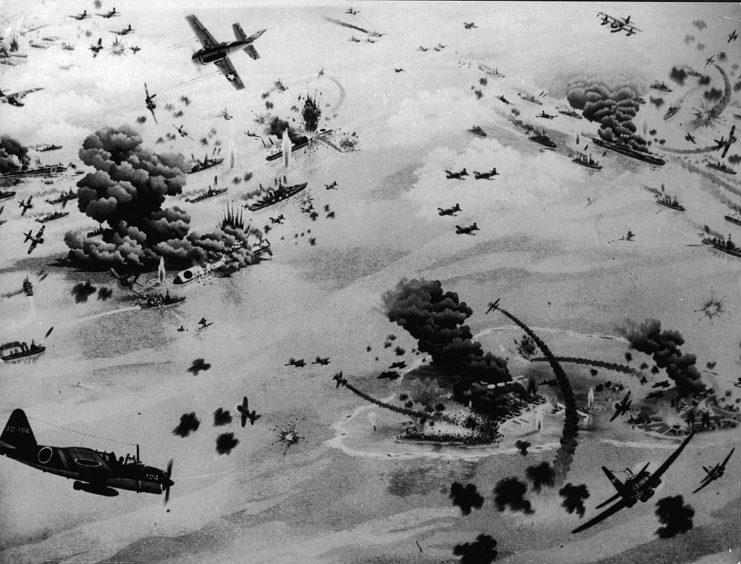
Despite initial Japanese successes after Pearl Harbor, Yamamoto advocated for continued attacks on the US Fleet. The Battle of Midway in June 1942 was intended to maintain Japanese offensive momentum. However, prior to the operation, US forces were able to break the Japanese Naval Code. This intelligence allowed Admiral Chester Nimitz to prepare effectively, resulting in a decisive US victory that shifted the course of the war.
Following setbacks and defeats at Guadalcanal and Midway, Yamamoto embarked on a morale-building tour for his forces. US intelligence intercepted and decrypted details of his itinerary, enabling American pilots to shoot down his plane on April 18, 1943. Posthumously, Yamamoto was honored with the title of Marshal Admiral and awarded the Order of the Chrysanthemum by Japan. Additionally, he received Germany’s Knight’s Cross of the Iron Cross.
Yamamoto’s legacy
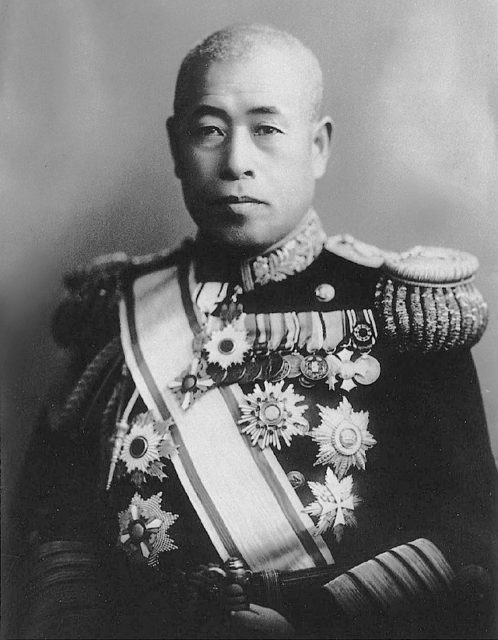
Yamamoto has been featured in a number of films about Pearl Harbor and World War II. Moviegoers may remember him for the Tora! Tora! Tora! (1970) line that he may or may not have uttered: “I fear that all we have done is to awaken a sleeping giant and fill him with a terrible resolve.” The line was also referenced in 2001’s Pearl Harbor.
Historians, however, are not sure he ever actually made this observation.
Yamamoto was also portrayed by legendary actor, Toshiro Mifune, in three separate films: Rengo Kantai Ichokan Yamamoto Isoroku (1968), Gekido no showashi ‘Gunbatsu’ (1970) and Midway (1976).
